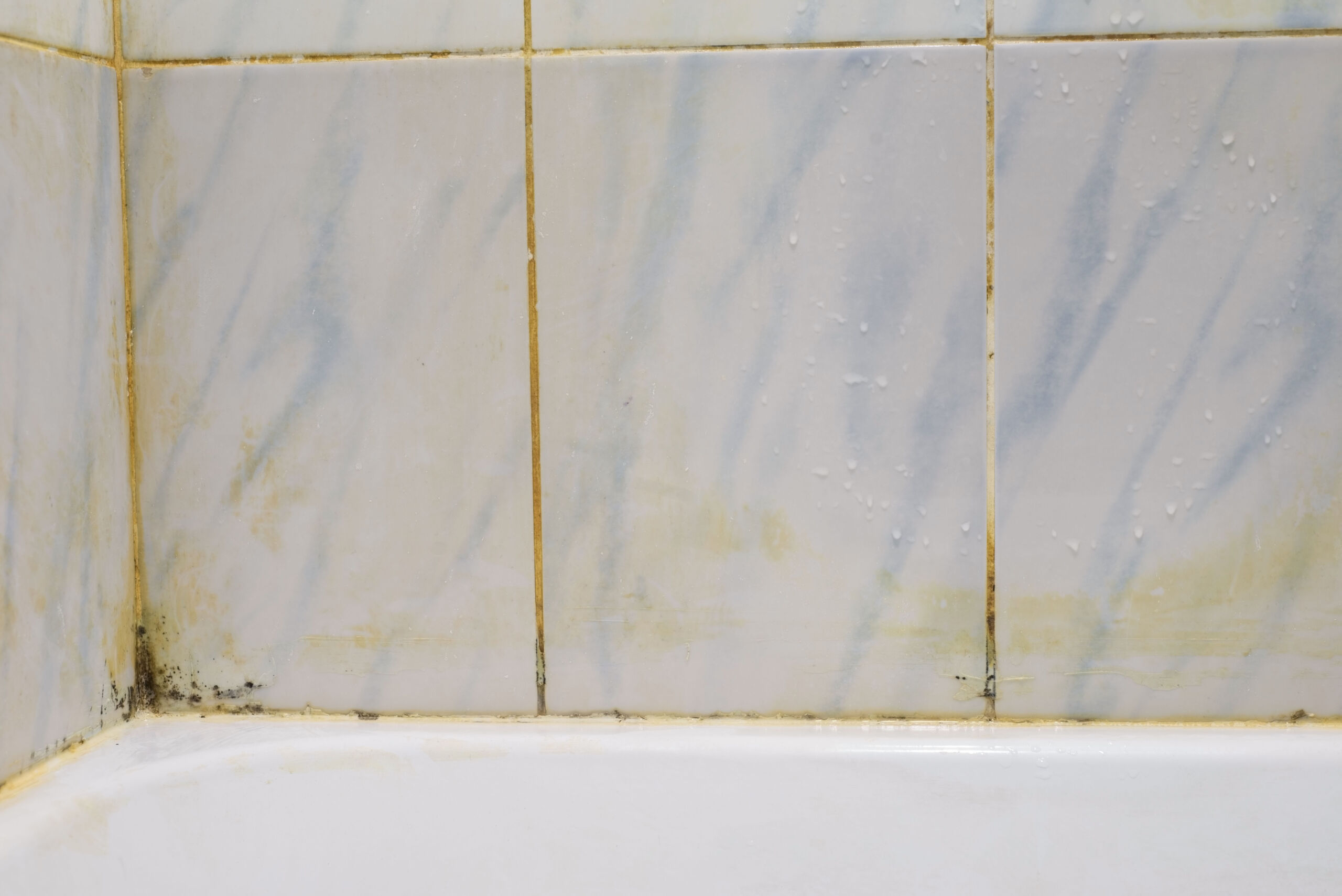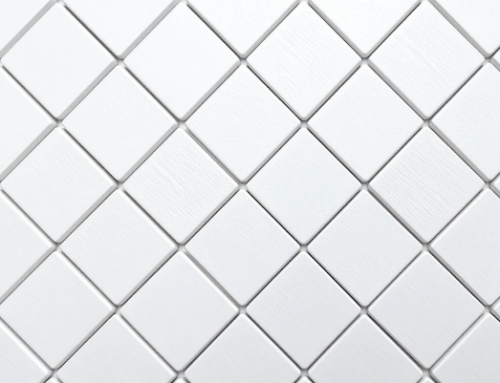When properly completed, tile installations can increase a property’s value and last for years. Yet, keeping tile projects looking good and lasting a long time can be difficult, particularly when it comes to grout.
Grout’s porous nature allows it to easily absorb moisture and stains, encouraging the formation of mold, mildew, and color changes. The good news is that sealing your grout is an essential step in extending the lifespan of your tile job.
Let’s learn how grout sealing does it!
What is Grout?
Grout is an essential component of tile installations. It helps keep the tiles in place and provides a utilitarian purpose, but it also has aesthetic value. Many customers choose to highlight their tiles with colored grout to give each tile installation a unique appearance that enhances the colors and textures utilized in the room.
In contrast, grout is a porous material, known for its capacity to absorb moisture and stains. Grout can become stained, moldy, crumble, and even break if it isn’t sealed, costing money in repairs or replacements. For your tile installation to look good and last a long time, sealing your grout is a crucial step. It prolongs the lifespan of your tile project by preventing moisture, debris, and stains from permeating the grout.
Why Is Grout Sealing Important?
Preventing Water Intrusion
Proper sealing of new grout is the first step in caring for it. Potential discoloration and water penetration can be avoided by sealing your grout. Your grout will start to break down if water is allowed to enter the unsealed pores, and eventually it will need to be replaced.
Water damage to the grout and even weakened tile-holding glue can result in fractures or even tile breaking. By sealing your grout, you can prevent water damage and make sure that your tile job will last for many years.
Preventing Mold and Mildew Growth
Grout, as a porous substance, effortlessly takes in moisture, creating the perfect breeding ground for mold and mildew.
Every time you take a shower, the grout in the stall gets wet and the rest of the room is exposed to water vapor because mold loves moist environments. Those with allergies or respiratory disorders may experience health complications from mold and mildew growth, which can be difficult to eliminate.
By forming a barrier that keeps moisture from reaching the grout, sealing your grout can help prevent the growth of mold and mildew. You can prevent the growth of mold and mildew and maintain the aesthetic appeal of your tile job by keeping your grout clean and dry.
Protecting Against Stains and Discoloration
Grout is a porous substance that readily absorbs stains, which can cause discoloration and other issues that reduce the project’s aesthetic appeal and durability.
Grout sealing helps prevent stains and makes it simpler to maintain and clean. As the grout is sealed, it becomes less prone to stains, guaranteeing that your tile job will continue to look great for years to come.
Properly Cleaning and Repairing Grout
It’s essential to clean and fix any damage to the grout lines before sealing your grout. This guarantees that the sealer will effectively permeate the grout and form a barrier that will guard it against moisture, debris, and stains.
Utilize a gentle cleaning solution and a soft-bristled brush to effectively remove dirt and grime from grout. After the grout has been thoroughly cleaned, let it fully dry before sealing it. This will make sure that the sealer adheres well to the grout and offers the greatest protection possible from stains and moisture.
Prior to sealing, it’s crucial to fix any fractures or crumbles in the grout. Cracks and other deterioration can let moisture seep into the grout, which can cause bigger issues later on.
Products for grout repair are easily accessible and simple to use at most hardware stores. To ensure the repair is executed properly, adhere to the manufacturer’s guidelines closely.
Choosing the Right Sealer
Make sure to choose a sealant that is appropriate with the type of grout and tile you have. Sealers come in a variety of varieties, including topical sealers and penetrating sealers.
Penetrating sealers enter the grout to form a barrier of protection, whereas topical sealers remain on the grout’s surface. Because they offer higher defense against moisture and stains, penetrating sealers are typically thought to be more effective.
If you’re sealing grout in a kitchen or other place where food is prepared, it’s particularly crucial to select a sealer that is safe for counters. To be sure the sealer is suitable for your particular use, carefully read the label.
When to Seal Your Grout
After the grout has entirely dried out, sealing should be carried out. The grout’s drying period typically spans two to three days, depending on the grout type and location’s humidity.
Once the grout is entirely dry, use the sealant following the manufacturer’s suggested guidelines. The sealer may fully set within a minimum of 14 hours, with the subsequent second and third coats taking only 5 to 10 minutes each.
It’s crucial to understand that sealing is a continuous process. As sealants deteriorate over time, grout may once more become visible. Regularly sealing your grout will ensure the durability and aesthetic appeal of your tile job.
The type of sealer applied, the type of grout, and the volume of foot movement in the area will all affect how often to reseal. Resealing your grout every one to two years is a good general rule of thumb.
Find a Professional Grout Sealer in Boise
For your tile installation to look good and last a long time, sealing your grout is a crucial step. It prolongs the lifespan of your tile project by preventing moisture, debris, and stains from permeating the grout.
Your tile project will look fantastic and survive for many years if your grout is cleaned and repaired correctly, sealed once it has fully dried, and properly sealed. To maintain the barrier of protection and to keep your grout looking its best, remember to occasionally reseal.
Ready to seal your grout? Contact your locally owned grout sealing expert in Boise today!





